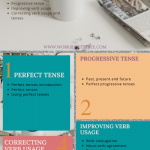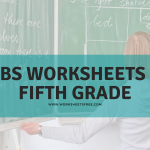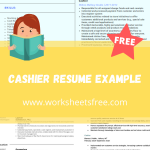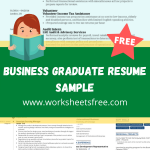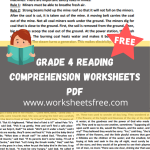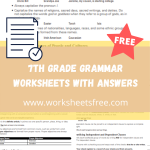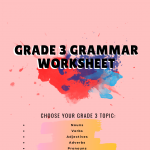In fifth grade, Verbs worksheets are a great way to teach students the verb root structure. When using verbs as part of a sentence, you can teach students the different inflection of the tense as well as the types of adverbs that are commonly used in an English-language classroom. Verbs worksheets can be used with both large and small groups of students. For children as young as five or six years old, you can use lessons about verbs with other fifth grade lessons, such as geography or math. By the time sixth grade students enter school, they will already have mastered a great deal of vocabulary and skills that they can apply to everything they learn in English language classrooms.
It is not necessary to stick to the same type of verb worksheets when teaching students about the different types of verbs. You can choose from many different groups of verbs and students will not feel overwhelmed by the information. For example, you can choose a group of verbs that are commonly used and simply create worksheets on those topics. For example, the list of most commonly used verbs can include the adverbs “very,” “much,” and “too.” Creating worksheets based on this topic could include verbs like “used,” “saw,” “was,” “,” “saws,” and “sawing.” This will keep your students focused on the type of verbs they are learning in order to enable them to use the techniques taught in class.
It is important to have some basic knowledge about the types of verbs in fifth grade before creating Verbs worksheets. By the time students enter the sixth grade, they will already have learned about pronouns, conjugation, and other aspects of the English language. It will be easier for them to focus on grammar and structure because their grasp of the new concepts has already been formed. A good way to get a feel for the types of verbs that will be used in fifth grade is to create some basic versions of these Verbs worksheets.
Verbs worksheets for fifth grade
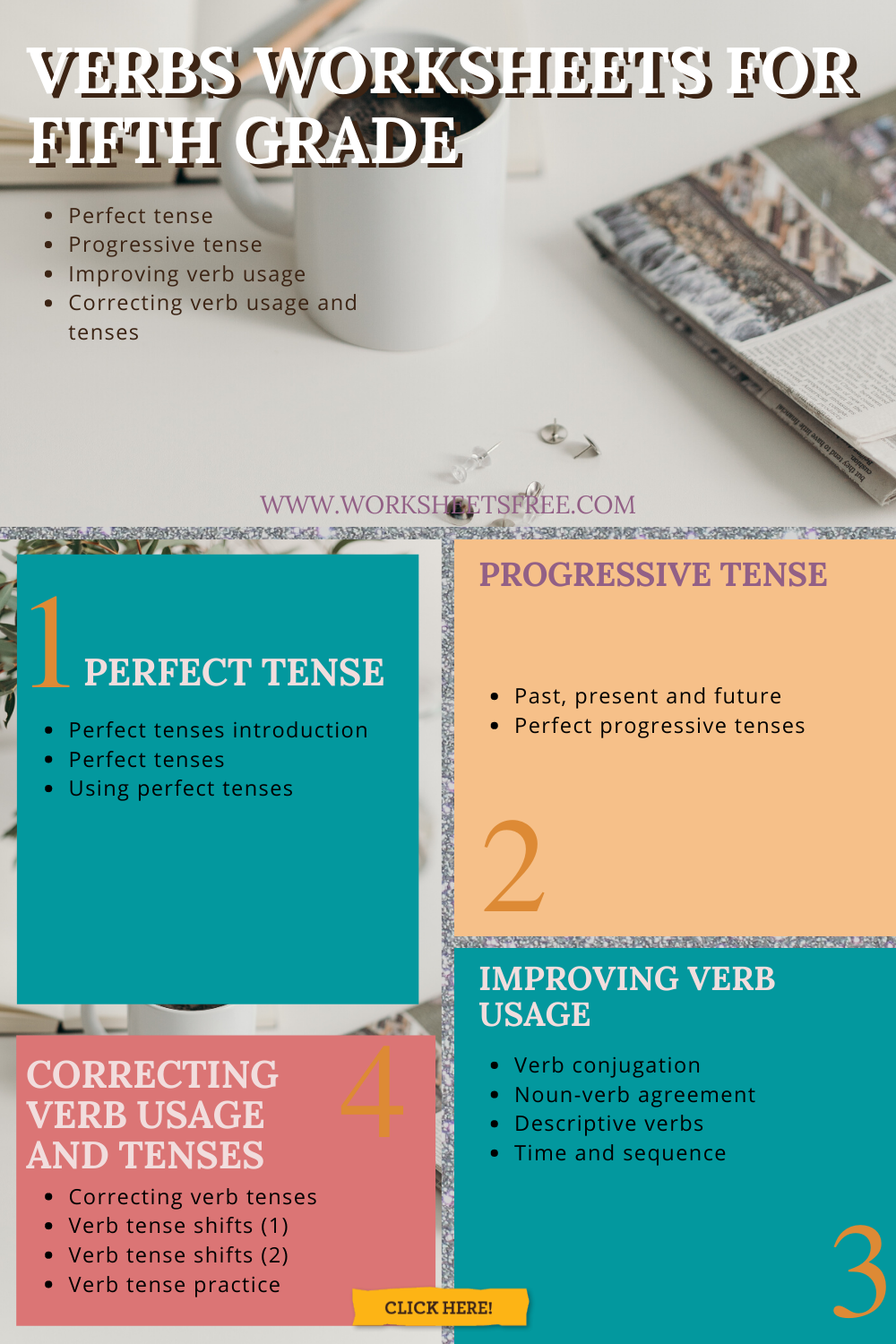
Our grade 5 verbs worksheets focus on more advanced topics related to verb tenses. We cover the past, present and future perfect tenses and introduce the progressive tenses (also called the continuous tenses). There are several worksheets on verb conjugation and consistent use of verb tenses within texts.
Perfect tense
- Perfect tenses introduction – one worksheet each on the past, present or future perfect tense
- Perfect tenses – is the sentence in the past, present or future perfect tense?
- Using perfect tenses – select the correct form of the verb in the sentences
Progressive tense
- Past, present and future – use simple and progressive forms of past – present – future tenses
- Perfect progressive tenses – complete sentences using perfect progressive tenses
Improving verb usage
- Verb conjugation – select the correct form of the verb
- Noun-verb agreement – singular / plural agreement between nouns and verbs
- Descriptive verbs – improve writing by using descriptive verbs
- Time and sequence – use verbs to define time and sequence
Correcting verb usage and tenses
- Correcting verb tenses – rewrite the sentences, correcting the verb tenses
- Verb tense shifts (1) – fix the incorrect verb tense shifts in these sentences.
- Verb tense shifts (2) – fix the verb tense shifts in these longer texts.
- Verb tense practice – complete these longer texts with verbs in the proper tense
